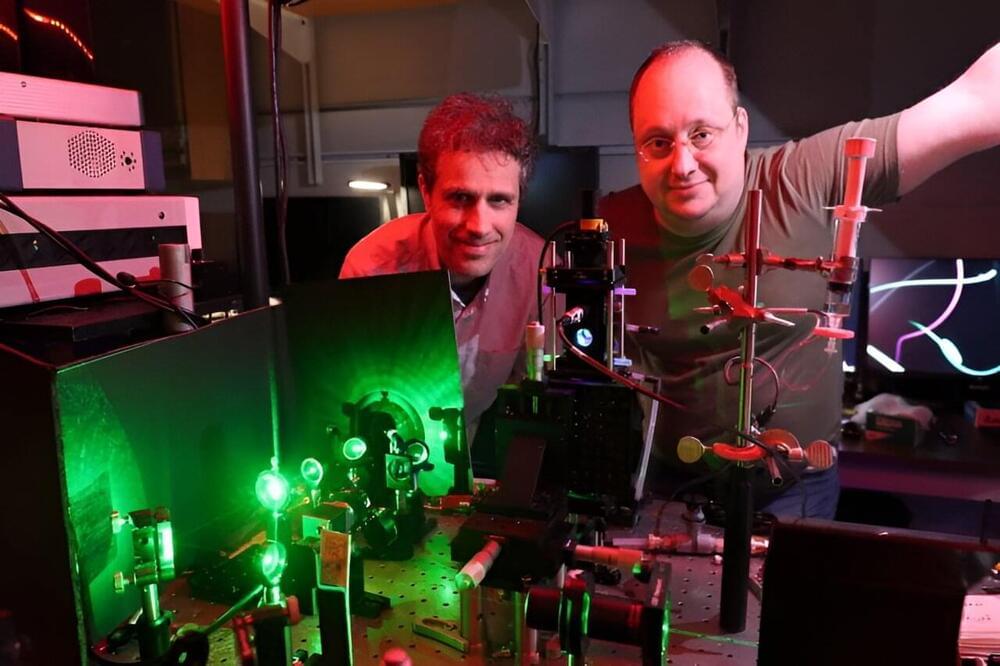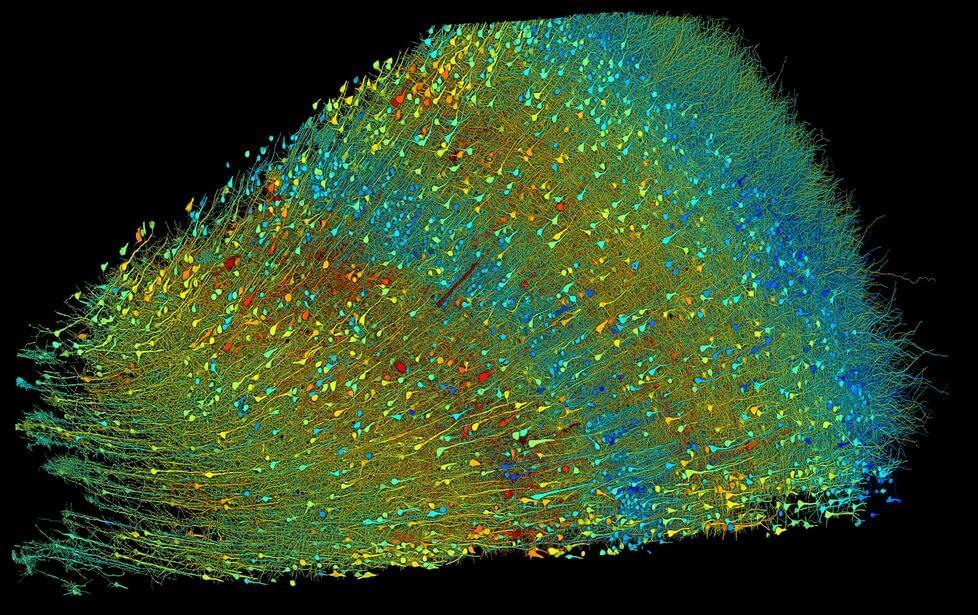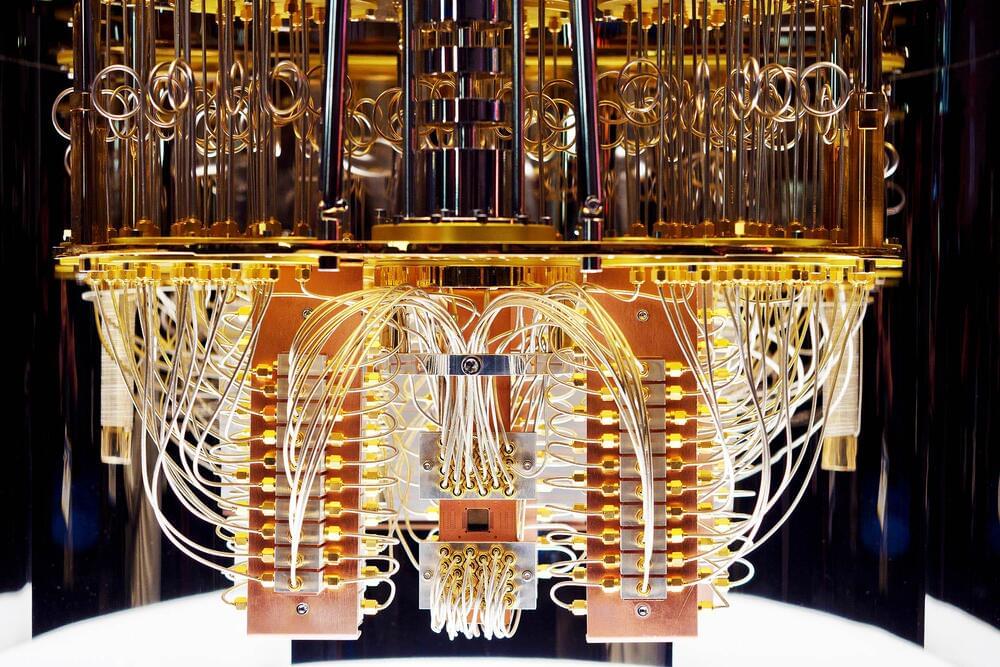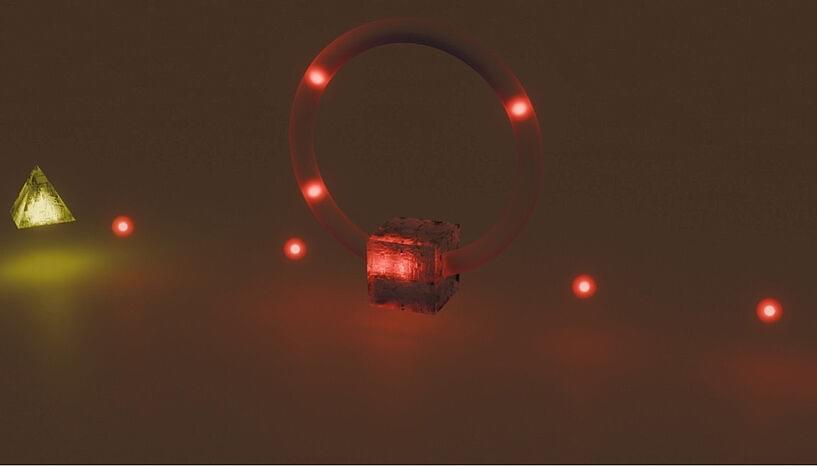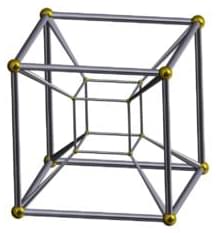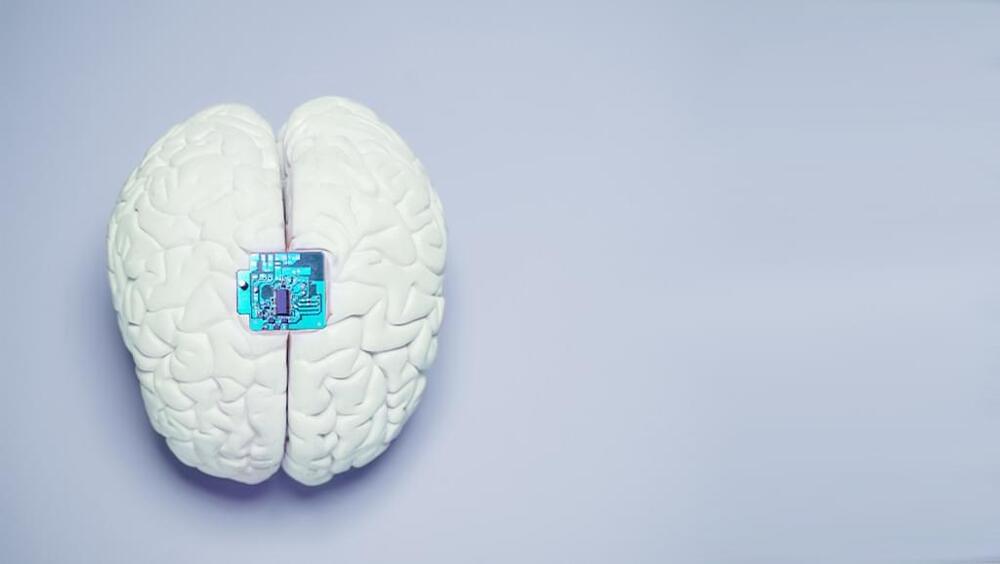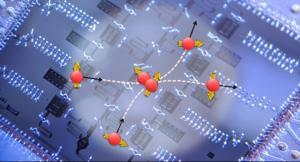A research team headed by chemists at the University of California, Irvine has discovered a previously unknown way in which light interacts with matter, a finding that could lead to improved solar power systems, light-emitting diodes, semiconductor lasers and other technological advancements.
Category: computing – Page 110
Researchers have made a digital map showing a tiny chunk of a human brain in unprecedented detail.
Based on a brain tissue sample that had been surgically removed from a person, the map represents a cubic millimeter of brain—an area about half the size of a grain of rice. But even that tiny segment is overflowing with 1.4 million gigabytes of information—containing about 57,000 cells, 230 millimeters of blood vessels and 150 million synapses, the connections between neurons.
The researchers published their findings in the journal Science on Friday. They have made the data set freely available online and provided tools for analyzing and proofreading it.
Scientists have produced an enhanced, ultra-pure form of silicon that allows the construction of high-performance qubit devices. This fundamental component is crucial for paving the way towards scalable quantum computing.
The finding, published in the journal Communications Materials – Nature, could define and push forward the future of quantum computing.
The research was led by Professor Richard Curry from the Advanced Electronic Materials group at The University of Manchester, in collaboration with the University of Melbourne in Australia.
Silicon spin qubits are promising for the realisation of scalable quantum computing platforms but their coherence times in natural silicon are limited by the non-zero nuclear spin of the 29Si isotope. Here, enriched 28 Si down to 2.3 ppm residual 29Si is obtained by focused ion beam implantation.
Presynapses locally recycle synaptic vesicles to efficiently communicate information. During use and recycling, proteins on the surface of synaptic vesicles break down and become less efficient. In order to maintain efficient presynaptic function and accommodate protein breakdown, new proteins are regularly produced in the soma and trafficked to presynaptic locations where they replace older protein-carrying vesicles. Maintaining a balance of new proteins and older proteins is thus essential for presynaptic maintenance and plasticity. While protein production and turnover have been extensively studied, it is still unclear how older synaptic vesicles are trafficked back to the soma for recycling in order to maintain balance. In the present study, we use a combination of fluorescence microscopy, hippocampal cell cultures, and computational analyses to determine the mechanisms that mediate older synaptic vesicle trafficking back to the soma. We show that synaptic vesicles, which have recently undergone exocytosis, can differentially utilize either the microtubule or the actin cytoskeleton networks. We show that axonally trafficked vesicles traveling with higher speeds utilize the microtubule network and are less likely to be captured by presynapses, while slower vesicles utilize the actin network and are more likely to be captured by presynapses. We also show that retrograde-driven vesicles are less likely to be captured by a neighboring presynapse than anterograde-driven vesicles. We show that the loss of synaptic vesicle with bound molecular motor myosin V is the mechanism that differentiates whether vesicles will utilize the microtubule or actin networks. Finally, we present a theoretical framework of how our experimentally observed retrograde vesicle trafficking bias maintains the balance with previously observed rates of new vesicle trafficking from the soma.
Cytoskeleton-based trafficking mechanics have long been explored because of their essential role in neuronal function and maintenance (Westrum et al., 1983; Okada et al., 1995; Sorra et al., 2006; Perlson and Holzbaur, 2007; Tao-Cheng, 2007; Hirokawa et al., 2009; Staras and Branco, 2010; Tang et al., 2013; Wu et al., 2013; Maeder et al., 2014; Guedes-Dias et al., 2019; Gramlich et al., 2021; Watson et al., 2023). Protein trafficking via cytoskeleton transport is essential for synaptogenesis (Perlson and Holzbaur, 2007; Santos et al., 2009; Klassen et al., 2010; Wu et al., 2013; Guedes-Dias et al., 2019; Guedes-Dias and Holzbaur, 2019; Kurshan and Shen, 2019; Watson et al., 2023) and to replace older proteins with newer proteins for efficient function (Cohen et al., 2013; Dörrbaum et al., 2018, 2020; Heo et al., 2018; Truckenbrodt et al., 2018; Jähne et al., 2021; Watson et al., 2023).
An international collaboration of researchers, led by Philip Walther at University of Vienna, have achieved a significant breakthrough in quantum technology, with the successful demonstration of quantum interference among several single photons using a novel resource-efficient platform. The work published in the journal Science Advances represents a notable advancement in optical quantum computing that paves the way for more scalable quantum technologies.
Interference among photons, a fundamental phenomenon in quantum optics, serves as a cornerstone of optical quantum computing.
It involves harnessing the properties of light, such as its wave-particle duality, to induce interference patterns, enabling the encoding and processing of quantum information.
From the article by Robin Hanson, a professor of economics who also holds degrees in physics and computer science.
So this remains my worry: our rapid rates of change in unconditional choices of cultural norms are not mostly driven by reason, but instead by a cultural evolution process that has…
I’ve been reading, thinking, and talking, trying to get clearer on what exactly are the culture problems I’m worried about, and how best to describe them. I seek descriptions not only easy for an outsider public to understand, but also for prestigious insider specialists to embrace.
It seems maladaptive culture might be a better name for the problem. So that is the title of this post. Also, I tentatively see four key ways to distinguish more from less problematic cases; the big problems that I fear sit mainly in one corner of that 16-cornered 4D cube of possibilities. Here are the four dimensions:
This spring, the Hastings Center Report added a new series of essays named after the field its pieces aim to explore. Neuroscience and Society produces open access articles and opinion pieces that address the ethical, legal, and societal issues presented by emerging neuroscience. The series will run roughly twice a year and was funded by the Dana Foundation to foster dynamic, sustained conversation among neuroscience researchers, legal and ethics scholars, policymakers, and wider publics.
The first edition of the series focuses on the topic of research studies and what is owed to people who volunteer to participate in clinical trials to develop implantable brain devices, such as deep-brain stimulators and brain-computer interfaces.
Imagine you have lived with depression for most of your life. Despite trying numerous medications and therapies, such as electroconvulsive therapy, you have not been able to manage your symptoms effectively. Your depression keeps you from maintaining a job, interacting with your friends and family, and generally prevents you from flourishing as a person.
BASEL, Switzerland — A reliable and ultra-powerful quantum computer could finally be on the horizon. Researchers from the University of Basel and the NCCR SPIN in Switzerland have made an exciting advancement in the world of quantum computing, achieving the first controllable interaction between two “hole spin qubits” inside a standard silicon transistor. This leap forward could eventually allow quantum computer chips to carry millions of qubits — a feat that would drastically scale up their processing power and potentially replace the modern computer.
First, we need to explain some of the high-tech terms involved in the new study published in Nature Physics. A qubit is the quantum equivalent of a bit, the fundamental building block of data in conventional computing. While a standard bit can be either a 0 or a 1, qubits can be both simultaneously, thanks to the principles of quantum mechanics. This allows quantum computers to handle complex calculations at speeds today’s standard computers will never achieve.
The concept of hole spin qubits might sound even more abstract. In simple terms, in the materials used for making computer chips, electrons (tiny particles with negative charge) move around, and sometimes they leave behind empty spaces or “holes.”
The nuclear reactions that power the stars and forge the elements emerge from the interactions of the quantum mechanical particles, protons and neutrons. Explaining these processes is one of the most challenging unsolved problems in computational physics. As the mass of the colliding nuclei grows, the resources required to model them outpace even the most powerful conventional computers. Quantum computers could perform the necessary computations. However, they currently fall short of the required number of reliable and long-lived quantum bits. This research combined conventional computers and quantum computers to significantly accelerate the prospects of solving this problem.
The Impact
The researchers successfully used the hybrid computing scheme to simulate the scattering of two neutrons. This opens a path to computing nuclear reaction rates that are difficult or impossible to measure in a laboratory. These include reaction rates that play a role in astrophysics and national security. The hybrid scheme will also aid in simulating the properties of other quantum mechanical systems. For example, it could help researchers study the scattering of electrons with quantized atomic vibrations known as phonons, a process that underlies superconductivity.
